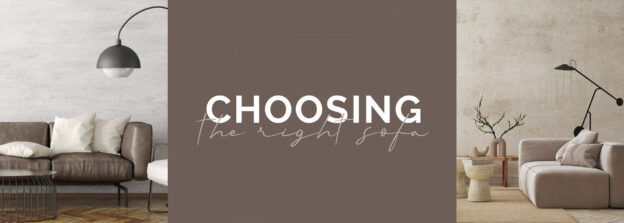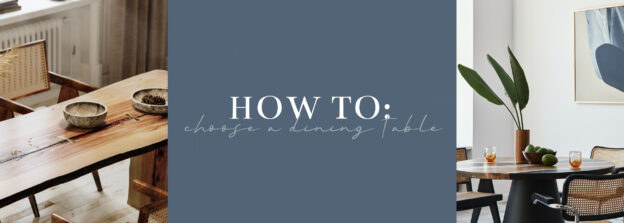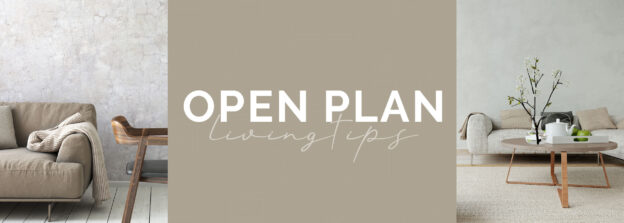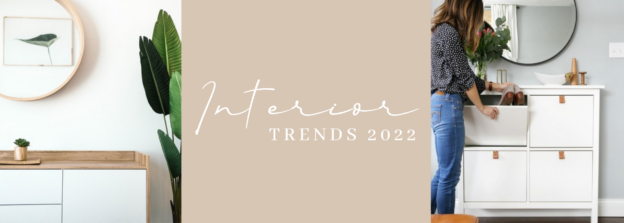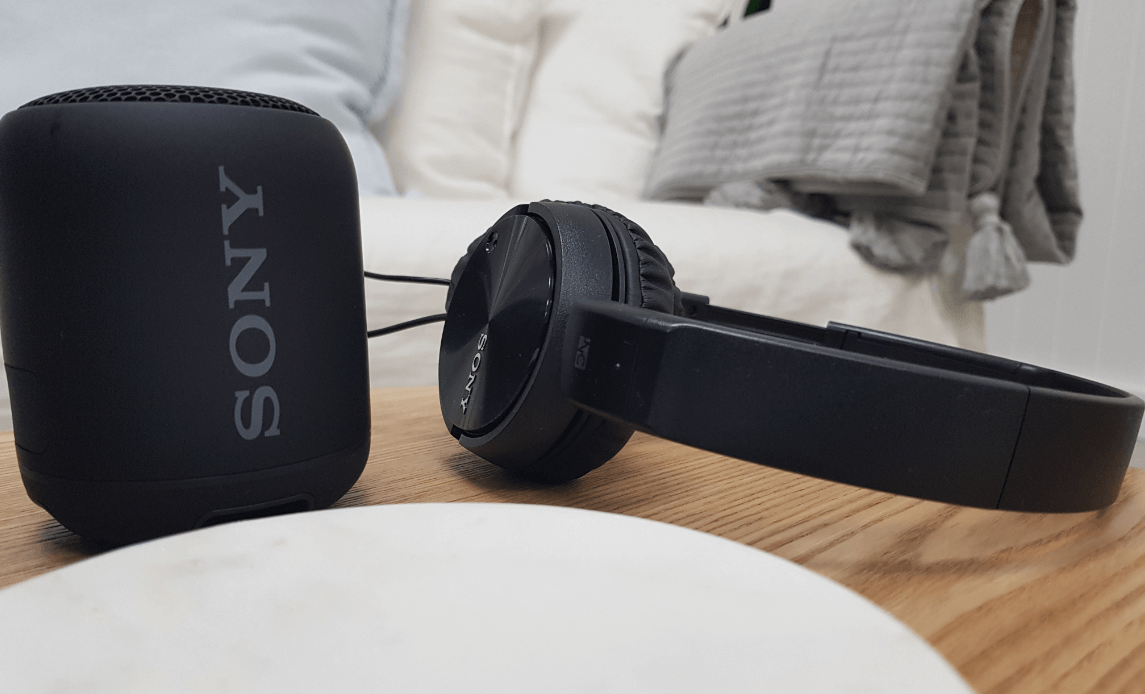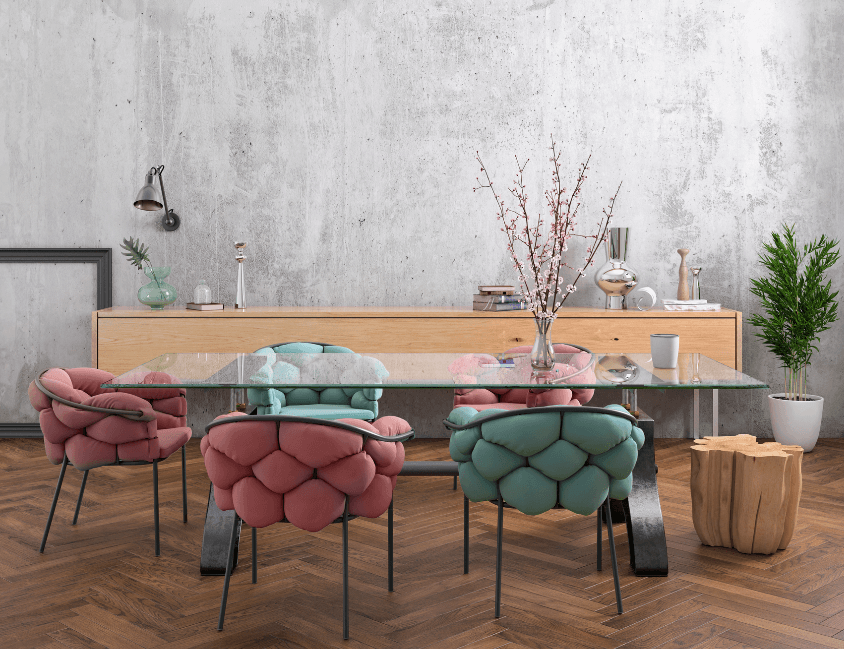Buying a sofa for a living room is complicated. Sofas are one of the biggest investment pieces and take up a large amount of floor space so getting it right is essential.
Not only do you need to consider the size, when shopping for a sofa shape, format, versatility, upholstery, style all come into play. And when you start to consider all these aspects picking the right sofa for your space and lifestyle just got a whole lot more difficult than choosing the most comfortable option.
To help you find your dream sofa, we’ve outlined the most important things you need to consider and what you need to ask yourself before you make your investment.
1. Size
It might seem obvious, but one of the key mistakes people make when choosing a sofa for their living space is buying one that’s disproportionate to the room. Our desire for comfort and the ability to stretch out to enjoy Netflix can come at a cost with a sofa squished awkwardly into a living room.
When determining the right sized sofa for your space, measure your living room. Allow enough space to walk past or around the sofa. If you’re working with a blank space, it pays to lay out some newspaper to help visualise a sofa. Also take into consideration other furniture, such as a coffee table, and your window heights.
If you’re short on space, consider a sofa that is raised off the floor with narrow arms to create the illusion that your living room is larger than it actually is.
Bonus tip: Don’t forget to measure the doorway! The last thing you want is to have to return your dream sofa because it can’t fit through the door.
2. Shape
Do you want a sofa you can stretch out on? Does it need to accommodate several people? Is it for a formal or family living room?
The shape of your sofa will likely be dictated by the size of your living room, but you also need to ensure it meets your style and lifestyle needs. Think about the overall concept of your interior as you explore the different shapes. If you simply walk into furniture stores like Fair Price Furniture, Provincial Home Living and Urban Rhythm to see the array of different shaped sofas available, doing some homework will make the purchasing process a whole lot easier and successful.
One of the more popular shapes is a modular sofa as it offers both comfort and flexibility. But it’s also worth considering two smaller sofas that can easily be adapted to any living space.
3. Upholstery
It’s easy to fall in love with a crisp white sofa you’ve found in the showroom, but the reality may not look so pretty once your 8-year-old jumps all over it! When considering the upholstery of your sofa, you have two main options: leather or fabric.
Leather sofas may have a higher price tag but are easy to clean and durable. It does require maintenance and will show signs of age from some staining to scratches and creases, however in a more appealing way than the wear and tear of the fabric.
Fabric can give a cosier feel and you have a much wider range of colours, patterns and textures. Fabric is also cooler in summer and warmer in winter than leather. Fabric sofas can be more difficult to clean and are less forgiving of food and dirt stains.
If choosing a fabric sofa, consider a textured fabric that will hide the dirt, especially if you’re shopping for a family home. Consider whether the sofa has removable covers that you can wash or get it Scotchguarded before it’s delivered for added protection.
Bonus tip: purchase the highest quality fabric you can afford. Look at the rub-test to get an indication of how well it’s going to stand the test of time.
4. Price
Sofas can range from $200 to $20,000 with some designer or bespoke pieces topping this. In the case of buying the right sofa for your living room and budget, the saying ‘you get what you pay for’ is very fitting.
Sofas are one of the most used items of furniture in the home. They often have to survive against jumping, long periods of sitting, spills and moving from house to house. If you’re looking to purchase a ‘forever’ sofa, you’ll want to buy the best you can afford.
Think about the quality of the fabric, the craftsmanship, the internal cushioning, springs, webbing and stitching.
To help with your budget, look for sofas that are on sale or discounted showroom display stock.
